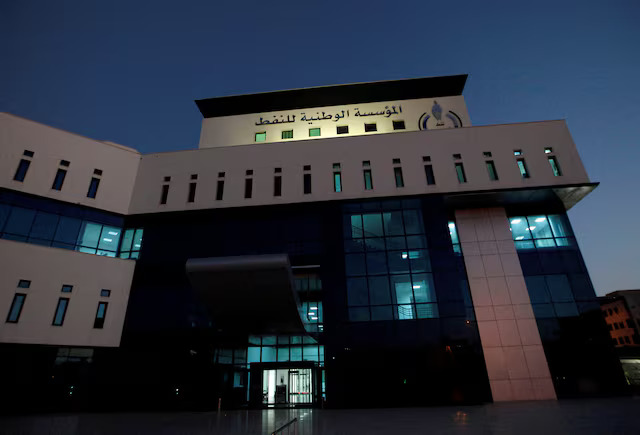Distribution

Reforms to reduce power outages

Ethiopian Electric Service: Challenges and Reforms
The Ethiopian Electric Utility frequently faces questions from customers regarding service delivery. Across the country, concerns persist about power accessibility, reliability, and service quality. To address these challenges, the utility has been undertaking reforms since the 2017 fiscal year, focusing on digital transformation and operational improvements.
Power Supply and Infrastructure Challenges
The Head of Process and Quality Management at the Ethiopian Electric Utility explained that electricity delivery is not managed by a single department but involves a complex, multi-level structure. This often leads to operational overlaps, inefficiencies, and service disruptions. To mitigate these issues, the utility has developed short-, medium-, and long-term reform plans aimed at enhancing transparency and reliability.
Electricity distribution relies on the National Grid System, where power is transmitted from generation plants to substations and then to households via transformers. However, voltage fluctuations and transformer failures remain persistent problems, leading to service interruptions.
Currently, Ethiopia’s total generation capacity stands at 7,910 megawatts, including power from the Grand Ethiopian Renaissance Dam. While this is a significant achievement, the country’s growing population and industrialization demands even greater capacity. Comparatively, Ethiopia ranks second in Africa in terms of electricity demand, yet supply struggles to keep pace.
Accessibility and Distribution Issues
Only 63 percent of the population has access to electricity, while 37 percent remain unconnected. The utility serves 5.1 million customers, but service delivery is hampered by aging infrastructure unable to handle increasing demand, transformer thefts and vandalism disrupting supply, and billing and tariff collection inefficiencies leading to financial losses.
Ongoing Reforms
To improve service, the utility is focusing on infrastructure upgrades, including expanding substations, currently numbering 144 substations and 307 transmission lines, and modernizing distribution networks. Customer service enhancements include a new 24-hour call center, previously limited to Addis Ababa, which will soon be accessible nationwide. Tariff adjustments are being implemented to ensure fair pricing while maintaining affordability. Digital transformation efforts include implementing automated billing and complaint resolution systems.
Future Goals
The utility aims to ensure uninterrupted power supply in areas already connected, expand coverage through government-funded projects, and reduce commercial losses by curbing illegal connections and improving revenue collection.
The Head of Customer Relations emphasized that reforms since 2017 have restructured service centers and introduced digital platforms for complaints. A new nationwide call center will be fully operational soon.
Conclusion
While Ethiopia has made progress in electricity generation, distribution challenges persist. Reforms are critical to meeting rising demand, improving reliability, and ensuring equitable access. The Ethiopian Electric Utility remains committed to transforming into a modern, efficient, and customer-centric institution.
This version provides a clear, structured, and grammatically correct presentation of the original content while maintaining its key points and intended meaning. Let me know if you need any further refinements.












